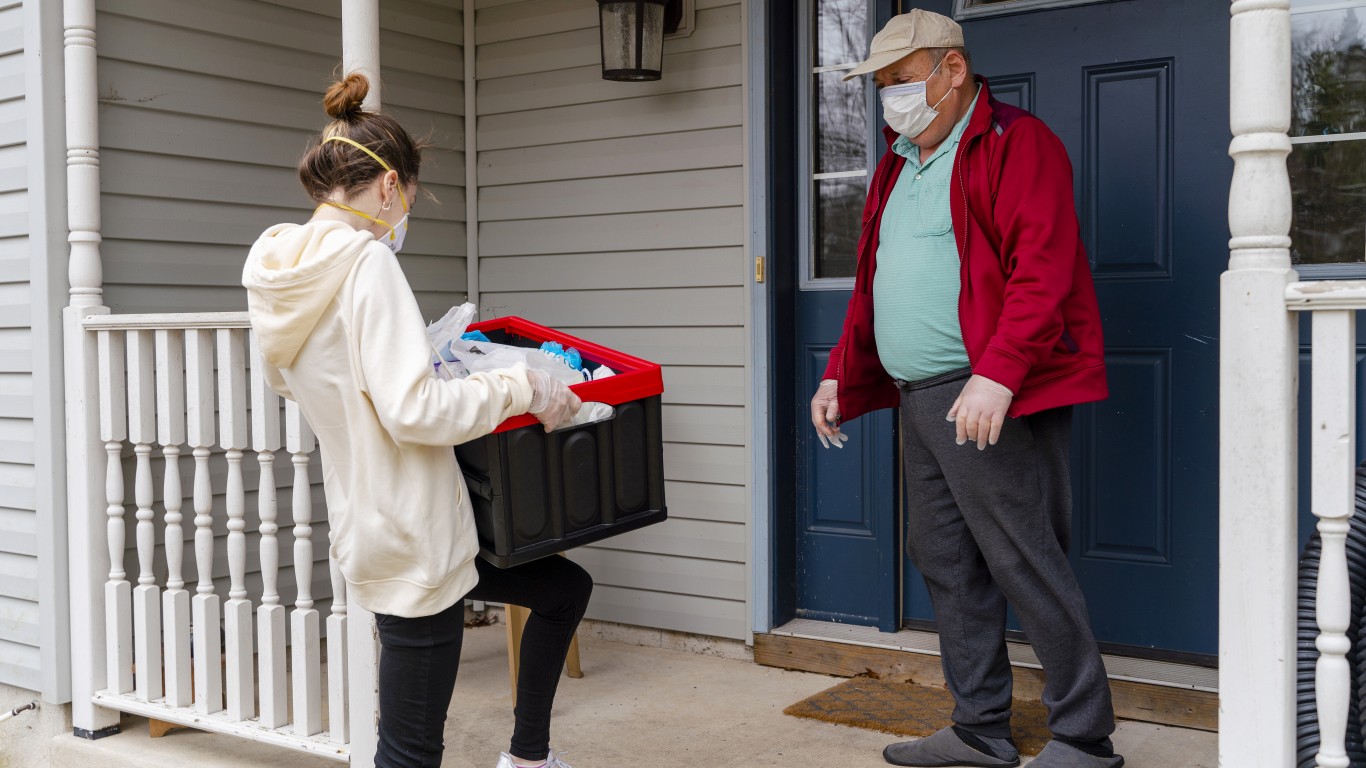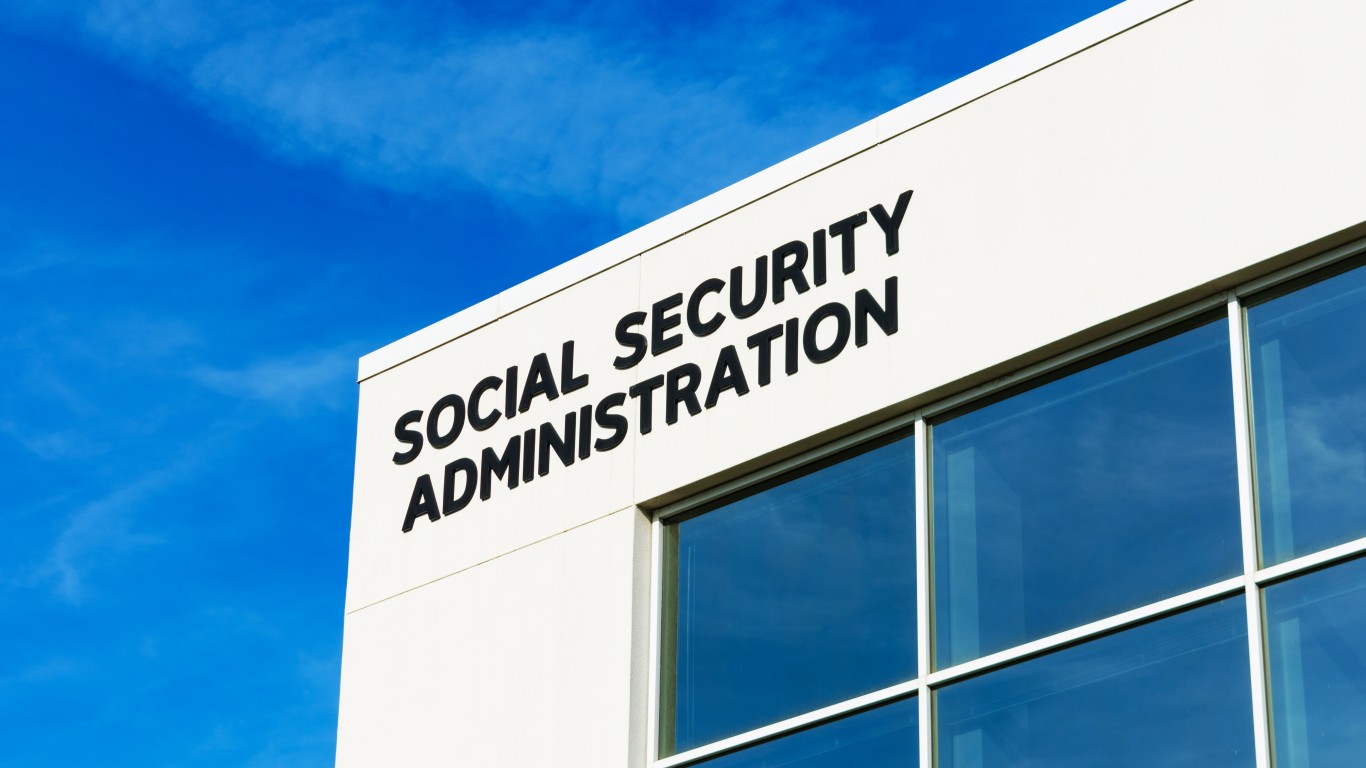Investing
More Than 7 Million Americans Will Benefit From This Social Security Change

Published:

The Supplemental Security Income program is a lifeline for millions of Americans. According to the SSA, over 7.5 million people rely on SSI payments – most of whom are disabled. This program also provides a source of income for seniors over 65 who don’t qualify for Social Security payments (often because they are very low-income).
Unfortunately, the current benefit amounts for SSI recipients are incredibly low, making it difficult to cover basic necessities. The average monthly SSI payment is only $943.
Luckily, some upcoming changes to the SSI program will expand access and increase payments for millions, offering a much-needed step toward financial security. Let’s take a look at these changes and see how they’ll affect those who receive (or may potentially receive) SSI.
SSI provides financial benefits for those who are low-income, disabled, and in-need of assistance. Often, these individuals wouldn’t be able to pay for their financial needs otherwise. SSI is there to pay for the basics, like food and housing.

The first big change is in the definition of a “public-assistance household.” Previously, according to the SSA, all household members had to receive public assistance for anyone in the household to qualify for SSI benefits.
The definition change will expand to include households where only one member receives Supplement Nutrition Assistance Program (SNAP) benefits, even if other household members do not qualify for any public assistance.
Under this new rule change, an estimated 109,000 individuals who weren’t eligible for SSI under the old rules would now qualify. Previously, these individuals were said to be “receiving assistance” from those that they lived with unless the other members also received public assistance. This assistance counted as income, leaving many people out in the cold.
The new rule change may also increase the income of some current SSI recipients, as it reduces what counts as “income.” This change is also expected to simplify the application process, as they won’t need to prove they aren’t receiving assistance from those in the same household.
We can all agree that less paperwork is typically a good thing!
This change has the potential to benefit a significant number of people. The Social Security Administration estimates that nearly 4% of current SSI recipients, roughly 277,000 individuals, could see an increase in their monthly payments by fiscal year 2033.

Previously, receiving rental assistance of most kinds could affect an SSI recipient’s eligibility or benefit amount. This assistance didn’t have to be public – it could be as simple as a church or family member covering some of the rent.
If this occurred under the old rules, it would count as income, lowering the individual’s SSI payment.
The new rule expands the existing SSI rental subsidy policy nationwide, not counting this assistance as income. This means beneficiaries who receive rent reductions or other rental assistance are less likely to see a decrease in their SSI payments.

Like rent assistance, the old rules also counted food assistance as income. This included government programs like SNAP programs and help from friends and families. Individuals who received these benefits would have lower payments.
Thankfully, the new rule eliminates food assistance from ISM calculations. Individuals will no longer need to report the value of food assistance, simplifying reporting.
Because food assistance tends to vary widely each month, removing the need to report also reduces the SSA’s workload. There won’t be as much administrative burden, and monthly payments will be far more predictable.

While these changes have been received positively by most individuals, seeing an increase in SSI benefits also worries some individuals that the SSA may run out of money sooner rather than later. Of course, people have been worried about the future status of Social Security programs since they came into being.
After all, these programs cost a lot of money.
That said, these rule changes are unlikely to impact Social Security’s longevity. While SSI is run by the Social Security Administration, it’s a completely separate program. Our Social Security guide explains how this works.
SSI is funded through general tax revenue. Social Security is funded through a specific payroll tax. Because the money comes from two different places, increasing SSI won’t affect other Social Security programs.
Furthermore, SSI is a pretty small program. While these changes will increase the number of individuals qualifying for the program, this increase will be small compared to the number of people receiving Social Security benefits.
Remember, only around 7.5 million people receive SSI. In comparison, almost 65 million receive Social Security benefits.
Retirement planning doesn’t have to feel overwhelming. The key is finding expert guidance—and SmartAsset’s simple quiz makes it easier than ever for you to connect with a vetted financial advisor.
Here’s how it works:
Why wait? Start building the retirement you’ve always dreamed of. Click here to get started today!
Thank you for reading! Have some feedback for us?
Contact the 24/7 Wall St. editorial team.